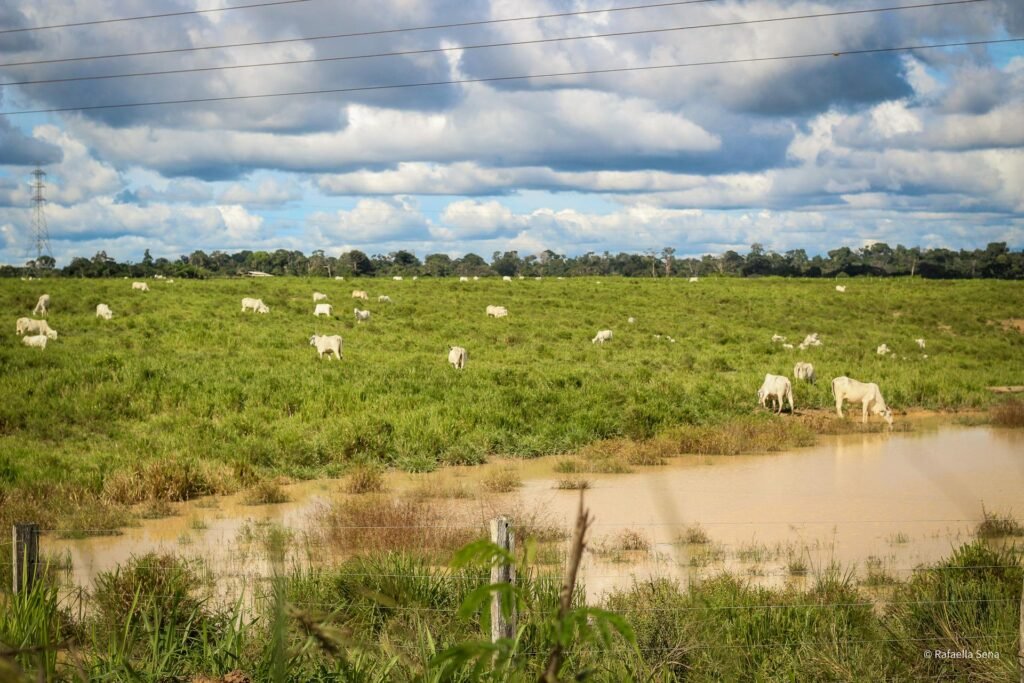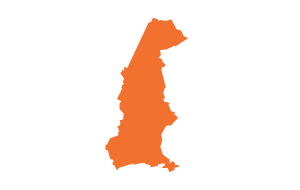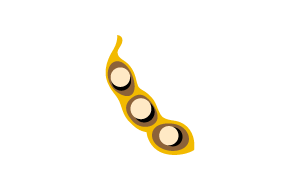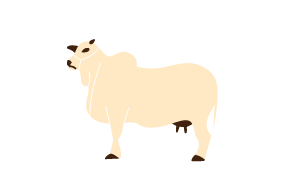GLOBAL COMMODITIES
Cattle
Cattle in Brazil
Brazil is the second largest producer and exporter of beef in the world, nevertheless cattle raising in the Amazon is a relatively recent phenomenon. Cattle raising was one of the main geopolitical projects for the colonization and integration of the Amazon carried out during the military dictatorship in Brazil (1964-1985). Since that time, there was a sense that the Amazon was a no man’s land and that the region had to be integrated not just to protect the borders from some sort of external invasion, but recognizing the different possibilities and opportunities for this “empty” space. During this period, cattle raising received a series of subsidies such as facilitated credit and tax incentives.
Between the 60s and 70s, several cattle farms were installed in the Amazon, especially in the southeast and east regions of Pará and in the northern portion of Mato Grosso. Tropical forests gave way to extensive pasture areas whose productivity was very low. From the 1980s onwards, there was an explosive growth of livestock in the Amazonian states, especially in Mato Grosso and Pará. Credit access and tax exemption favored not only the farmers but also slaughterhouses and meat processing industries. In the 1990s, with government support, the North region became the main growth space for Brazilian livestock.
Between 2008 and 2021 cattle herds grew 47% in Pará state and 25% in Mato Grosso, with the largest cattle herd in Brazil (aprox. 32 million). In the Tapajós Region cattle herds grew 30% in the same period.
Cattle herd dynamics per municipality in the Tapajós Region between 2008 and 2021

According to the Meat Atlas, published by the Heinrich-Boll Foundation and Friends of the Earth Europe, 63% of the areas deforested in the Amazon are for the production of cattle. In 2022, the state of Pará led the deforestation ranking, accounting for 22% of all deforestation in the country (Mapbiomas, 2023). In the state of Pará, the municipalities with the highest rate of pasture expansion are located along the roadBR-163 and in the intersection of it with the Transamazonica road. The municipality of Placas, located along the Transamazonica, deserves special attention, as the pasture area jumped from 114,000 to 200,000 hectares, a growth of 74% between 2008 and 2021.
The number of slaughterhouses grew recently in Pará state. Actually Pará has 31 active slaughterhouses, of those 9 are in the Tapajós Region. On the other side, the state of Mato Grosso stands out for its large number of slaughterhouses, more than twice as many as the state of Pará. Of these, 27 are in the Tapajós Region.
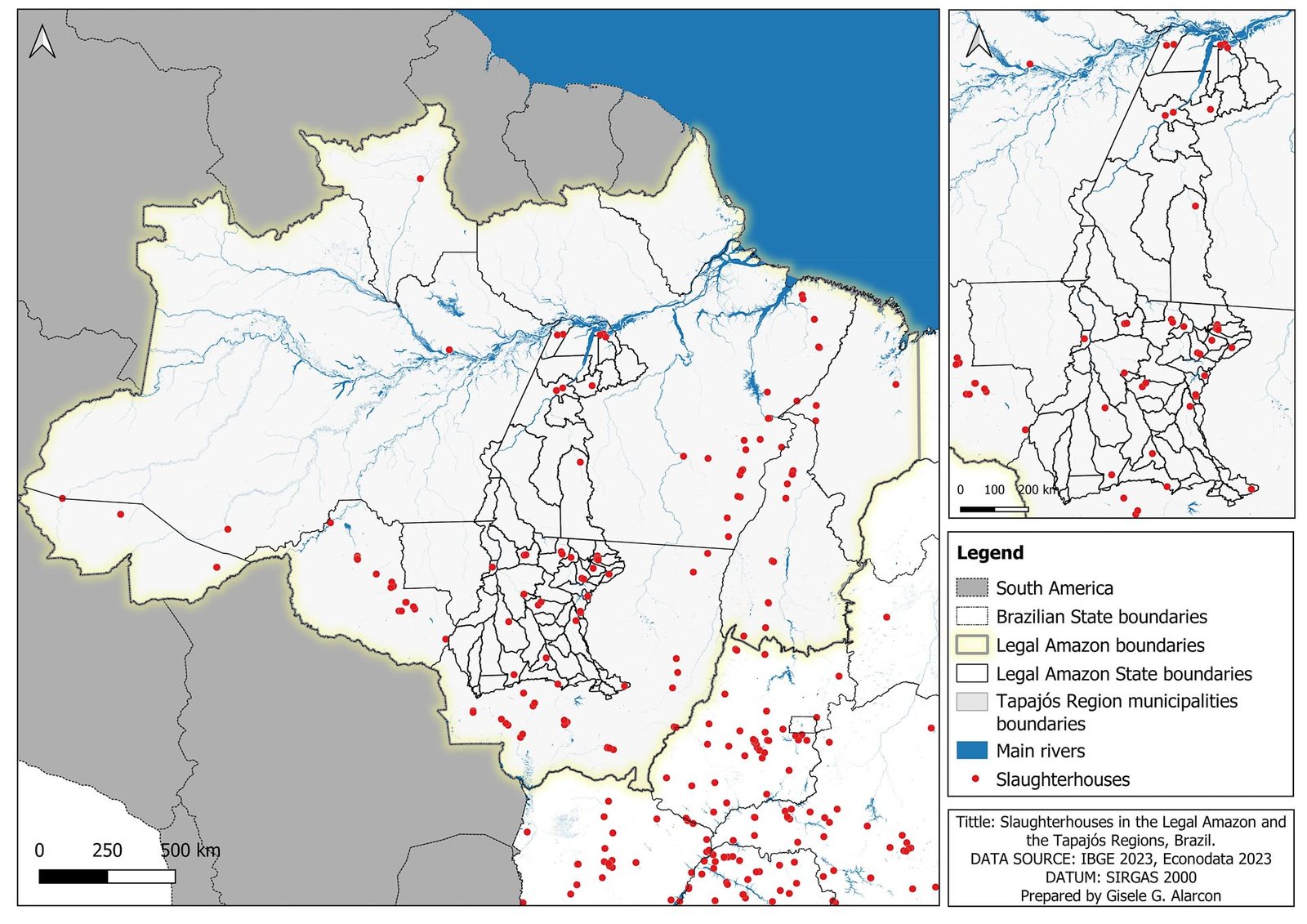
Slaughterhouses in the Legal Amazon and the Tapajós Region, Brazil.
Exports of chilled and frozen meat from the port system of Santarém grew by 240% between 2019 and 2022, with Southeast Asian countries being the main importers (Comex, 2023). Although Southeast Asia and China are the main export destinations for beef from Brazil (but not exclusively from the Amazon), the European Union is among the main importers of Brazilian beef, representing 16% of total exports. Frozen and chilled beef exportation originating from the Tapajós Region (Santarém and Novo Progresso municipalities) are mainly to Southeast Asia, while the EU represents around 5% of market destination.

Cattle in Colombia
Cattle ranching has a long tradition in Colombia and is linked closely to the settlement of land. It´s a dream of many Colombians to own a small cattle ranch.
Colombia’s cattle market is different from those in other Latin American countries. Unlike major beef exporters such as Brazil, Argentina, and Uruguay, Colombia is not yet a major player in the international market and does not have large meatpacking companies except Grupo Éxito.
Approximately 96% of beef produced in Colombia is consumed domestically. The domestic cattle herd in Colombia has increased by 20% since 2016. This increase in head of cattle has been most substantial in the Amazonian region. As domestic consumption of beef is set to grow, export-oriented cattle-driven deforestation risks may further increase. Although in terms of logistics it is difficult to export beef produced in the Amazon, increasing the overall supply of beef could lead to greater utilization in the Amazon for domestic consumption, while production in areas near the coast would mainly supply the export market.
Bovine meat goes mostly to Russia. China is highly interested in importing Colombian beef. Entire cows go to Middle Eastern countries (Iraq, Lebanon, Jordan) for the cows being slaughtered “halal”. Leather, that is tanned equine and bovine hides, is exported to Europe to Italy, Spain, Germany and Albania. Neither meat nor leather from Putumayo can be internationally traced. Livestock farming occupies only 1.2% of Putumayo (30,292 hectares), distributed in municipalities such as Sibundoy, Mocoa, Villagarzón, Puerto Caicedo, Puerto Asís, Puerto Guzmán, San Miguel, La Hormiga and Orito.



